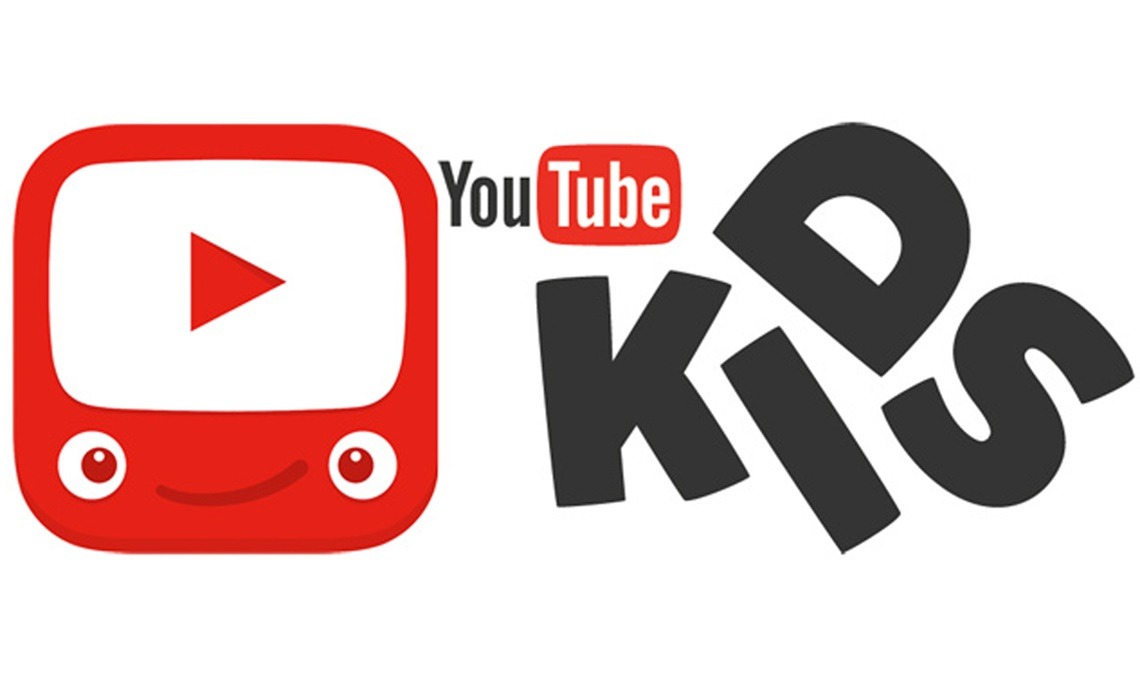What matters most when it comes to the digital landscape in business, is social media marketing. This so called social media marketing plays a pivotal role in shaping the success of businesses. It is not just a platform for connecting with friends and family; rather, it has evolved into a powerful tool for businesses to reach and engage with their target audience. Let’s delve into the significance of social media marketing and its role within your overall digital marketing strategy.
The Importance of Social Media Marketing
When it comes to boosting brand awareness, social media marketing stands out as a game-changer. With 76% of local businesses using social media as part of their marketing strategy, it’s evident that this platform drives visibility and enhances customer relationships. Moreover, 41% rely on social media to help drive revenue, showcasing its impact on business growth.
Enhancing customer engagement is another crucial aspect where social media excels. According to HubSpot Research, 65% of consumers use social media messaging apps to contact a company’s customer service team. This highlights the significance of maintaining an active presence on social platforms to cater to customer inquiries and feedback effectively.
The Role of Social Media in Your Digital Marketing Strategy
Integrating social media with other digital marketing channels can significantly amplify your outreach efforts. By seamlessly blending social media with email marketing or content marketing, you can create a cohesive brand experience for your audience across various touchpoints.
Targeting the right audience is equally important in maximizing the impact of your digital campaigns. With 51.2% of people researching brands online before making a purchase, it becomes imperative to position your brand strategically on social platforms where potential customers are actively seeking information.
By understanding the pivotal role that social media plays in driving brand visibility and engaging with customers, you can leverage its potential within your overarching digital marketing strategy.
Crafting Your Social Media Marketing Strategy
Now that we have explored the significance of social media marketing in the digital landscape, it’s essential to craft a robust strategy that aligns with your business objectives and resonates with your target audience. Let’s delve into the key elements of crafting an effective social media marketing strategy.
Setting Clear Objectives for Your Campaign
When formulating a social media marketing strategy, setting clear objectives is crucial to measure success and ensure alignment with your overall business goals. One primary objective is to increase brand visibility across various social platforms. This can be achieved through consistent and engaging content that showcases your brand’s unique value proposition and resonates with your audience.
Another vital objective is driving website traffic through social media channels. By strategically integrating compelling call-to-action (CTA) elements within your social media posts, you can direct users to visit your website, explore products or services, and ultimately convert into customers.
Lets take a look at Coca-Cola‘s “Share a Coke,” It showcased massive success in driving engagement and boosting brand awareness. This case study highlights how setting clear objectives for social media campaigns has led to remarkable outcomes for various brands.
Choosing the Right Social Media Platforms
Selecting the appropriate social media platforms aligns with understanding platform demographics and ensuring they resonate with your target audience. Each platform caters to distinct user demographics and behaviors, making it essential to tailor your content accordingly.
Understanding platform demographics involves analyzing factors such as age groups, interests, and online behaviors prevalent on each platform. For instance, Instagram predominantly attracts a younger demographic interested in visual content, while LinkedIn caters more towards professionals seeking industry-related insights.
Aligning platforms with your marketing goals involves strategically choosing platforms where your target audience actively engages. For example, if you aim to reach a younger demographic interested in lifestyle products or fashion trends, leveraging Instagram may yield better results compared to other platforms.
By carefully selecting the right social media platforms based on their demographics and aligning them with specific marketing goals, you can effectively maximize the impact of your social media marketing efforts.
Measuring Your Social Media Marketing Success
After implementing your social media marketing strategy, it now comes down to ensuring that you measure its success and evaluate the impact of your efforts. Tracking key performance indicators (KPIs) and utilizing tools for monitoring success are crucial steps in understanding the effectiveness of your digital marketing endeavors.
Key Performance Indicators (KPIs) to Track
When assessing the performance of your social media marketing campaigns, tracking specific KPIs provides valuable insights into their effectiveness. Two fundamental KPIs to monitor include Engagement Rate and Conversion Rate.
Engagement Rate: This metric measures the level of interaction users have with your content on social media platforms. It encompasses likes, comments, shares, and overall user engagement. A high engagement rate indicates that your content resonates with your audience and effectively captures their attention.
Conversion Rate: The conversion rate signifies the percentage of users who take a desired action after engaging with your social media content. This action could range from making a purchase, signing up for a newsletter, or filling out a contact form. Monitoring the conversion rate helps gauge the effectiveness of your social media campaigns in driving tangible results and achieving business objectives.
By diligently tracking these KPIs, you can gain valuable insights into how well your social media marketing initiatives are performing and make informed decisions to optimize future strategies.
Tools and Techniques for Monitoring Success
Utilizing advanced tools for monitoring success is pivotal in gaining comprehensive visibility into the performance of your social media marketing efforts.
Social Media Analytics Tools: Leveraging robust analytics tools such as Google Analytics, Sprout Social, or Hootsuite allows you to track various metrics related to user engagement, website traffic generated from social platforms, demographic insights, and more. These tools provide in-depth reports that enable you to assess the impact of individual posts or campaigns and identify areas for improvement.
Adjusting Your Strategy Based on Data: Analyzing data collected from social media analytics tools empowers you to make data-driven decisions when refining your digital marketing strategy. By identifying trends in user behavior, popular content formats, peak engagement times, and audience demographics, you can tailor future content to better resonate with your target audience.
Keynote:
- According to insights from digital marketers, success in social media marketing often refers to achieving specific goals set for a campaign or overall strategy.
- Tracking and analyzing performance using a social media analytics tool is crucial for understanding whether you’re meeting your goals and what adjustments may be necessary to optimize your strategy.
By incorporating these tools and techniques into your approach towards measuring social media marketing success, you can gain actionable insights that drive continuous improvement in achieving digital marketing objectives.
Tips and Tricks for Social Media Marketing
In the realm of digital marketing, creating engaging content is paramount to capturing and retaining the attention of your audience. Here are some effective strategies to ensure that your social media content resonates with your target audience.
Engaging Content is Key
By leveraging captivating content, you can elevate the appeal of your social media audience and foster greater engagement from your them.
Using Visuals to Capture Attention
Incorporating visually appealing elements into your social media posts can significantly enhance their impact. Visual content, such as vibrant images, infographics, or short videos, has the potential to grab the audience’s attention more effectively than text-only posts. Research indicates that posts with images receive engagement rates 2.3 times higher than those without visuals.
Creating Shareable Content
Crafting content that encourages sharing among users amplifies its reach and virality across social platforms. Shareable content often evokes emotions, provides valuable insights, or offers entertainment value to the audience. When users find content relatable or informative, they are more likely to share it with their network, thereby expanding its visibility and fostering community engagement.
Staying Up-to-Date with Social Media Trends
By using these proactive approach, you can then improve the visibility your business needs in the digital space.
Leveraging Trending Topics
Monitoring and integrating trending topics into your social media strategy can position your brand at the forefront of current conversations. By aligning your content with trending themes or events relevant to your industry, you can capitalize on heightened user interest and participation in ongoing discussions. This proactive approach not only enhances brand visibility but also demonstrates a keen understanding of prevailing trends within your niche.
Adapting to New Features on Platforms
Social media platforms continually introduce new features and tools designed to enrich user experiences. Staying abreast of these updates and promptly integrating them into your strategy showcases adaptability and innovation. For instance, embracing new features like Instagram Reels or Facebook Live enables you to explore dynamic ways of engaging with your audience while staying ahead of evolving platform functionalities.
Conclusion
By implementing a strategic, data-driven approach to social media marketing and continually adapting to industry trends, businesses can effectively leverage these platforms to drive brand awareness, customer engagement, and revenue growth.






